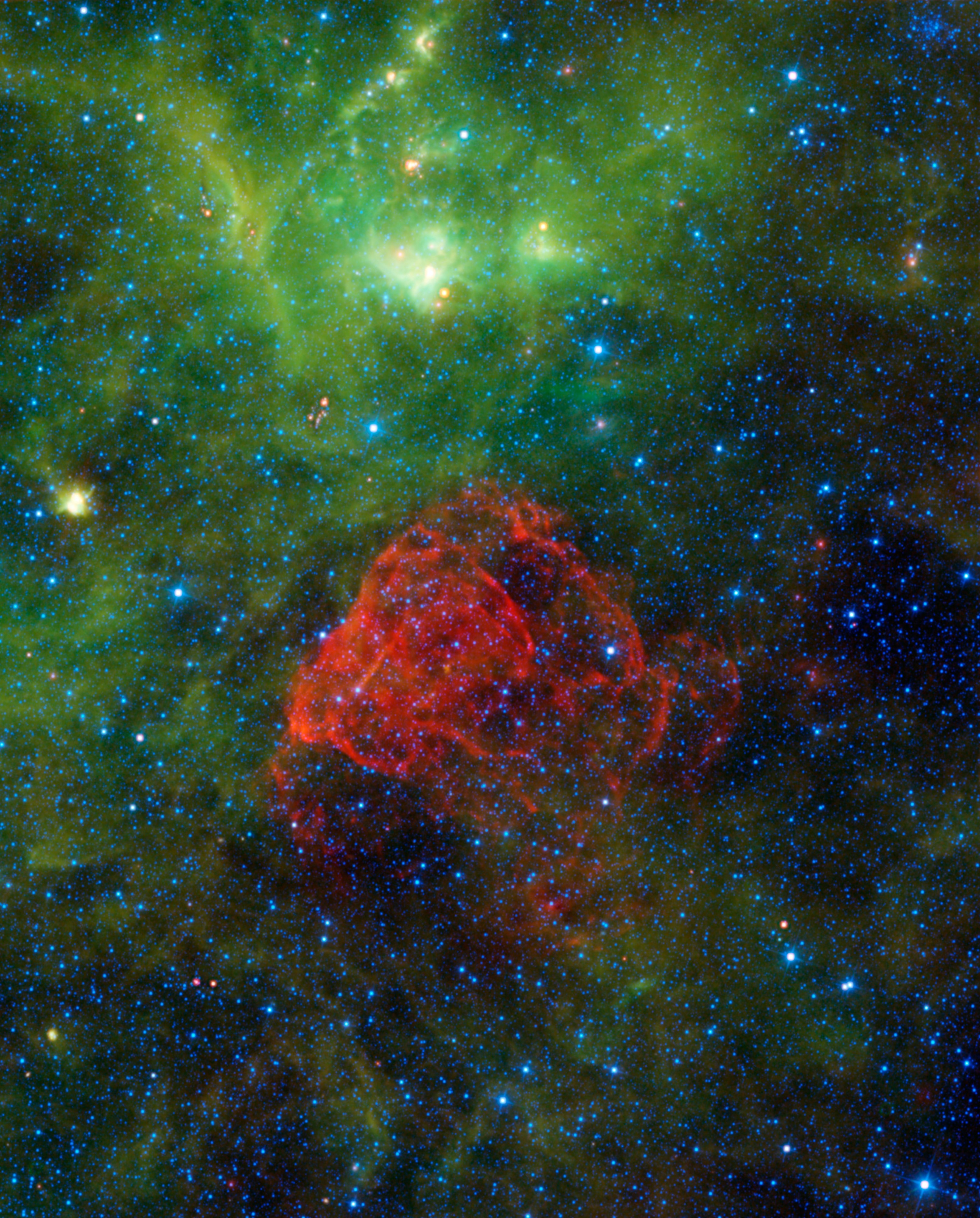Please login in order to download photos in full size
If you are not registered, please register for free: www.Free-Photos.biz/register
Please note to download premium images you also need to join as a free member..
You can also save the photos without the registration - but only in small and average sizes, and some of them will have the site's watermark. Please simply click your right mouse button and save the image.
Please login in order to like photos
If you are not registered, please register for free:
Sorry, non-members can download up to 1100 full-size photos per month.
It looks like you have used up your limit.
Free members can download an unlimited number of full-size photos - including the premium free photos.
Join as a member today for FREE! - and download the images without limitations:
www.Free-Photos.biz/membership.php
You can also save the images without the membership - but only in small and average sizes, and some of them may have the site's watermark. Please simply click your right mouse button and save the image.

|
This is a premium free photo
This photo was viewed 4 times and was downloaded in full size 1 times.
This photo was liked 0 times
If you are a member, please login in order to see the source link of the above image.
Summaryedit
| Description |
English: Ancient Supernova Revealed
About 3,700 years ago people on Earth would have seen a brand-new bright star in the sky. As it slowly dimmed out of sight, it was eventually forgotten, until modern astronomers found its remains -- called Puppis A. Seen as a red dusty cloud in this image from NASA's Wide-field Infrared Survey Explorer, or WISE, Puppis A is the remnant of a supernova explosion. Puppis A (pronounced PUP-pis) was formed when a massive star ended its life in an extremely bright and powerful explosion. The expanding shock waves from that explosion are heating up the dust and gas clouds surrounding the supernova, causing them to glow and creating the beautiful red cloud we see here. Much of the material from that original star was violently thrown out into space. However, some of the material remained in an incredibly dense object called a neutron star. This particular neutron star (too faint to be seen in this image) is moving inexplicably fast: over 3 million miles per hour! Astronomers are perplexed over its absurd speed, and have nicknamed the object the "Cosmic Cannonball." Some of the green-colored gas and dust in the image is from yet another ancient supernova -- the Vela supernova remnant. That explosion happened around 12,000 years ago and was four times closer to us than Puppis A. If you had X-ray vision like the comic book hero Superman, both of these remnants would be among the largest and brightest objects you would see in the sky. This image was made from observations by all four infrared detectors aboard WISE. Blue and cyan (blue-green) represent infrared light at wavelengths of 3.4 and 4.6 microns, which is primarily from stars, the hottest objects pictured. Green and red represent light at 12 and 22 microns, which is primarily from warm dust. |
| Date | |
| Source | https://www.nasa.gov/mission_pages/WISE/multimedia/pia14884.html (See also https://photojournal.jpl.nasa.gov/catalog/PIA14884) |
| Author | NASA/JPL-Caltech/UCLA |
| This image or video was catalogued by Jet Propulsion Lab of the United States National Aeronautics and Space Administration (NASA) under Photo ID: PIA14884. This tag does not indicate the copyright status of the attached work. A normal copyright tag is still required. See Commons:Licensing for more information. |
Licensing:edit
| This file is in the public domain because it was solely created by NASA. NASA copyright policy states that "NASA material is not protected by copyright unless noted". (See Template:PD-USGov, NASA copyright policy page or JPL Image Use Policy.) |
 |
 |
Warnings:
|
Public Domain
| EXIF data: | |
| File name | puppis_a_-_wise_-_609623main_pia14884-full_full.jpg |
|---|---|
| Size, Mbytes | 2.34100390625 |
| Mime type | image/jpeg |
While the copyright and licensing information supplied for each photo is believed to be accurate, Free-Photos.biz does not provide any warranty regarding the copyright status or correctness of licensing terms. If you decide to reuse the images from Free-Photos.biz, you should verify the copyright status of each image just as you would when obtaining images from other sources.
The use of depictions of living or deceased persons may be restricted in some jurisdictions by laws regarding personality rights. Such images are exhibited at Free-Photos.biz as works of art that serve higher artistic interests.
PRIVACY POLICY
By registering your account and/or by subscribing to new and newly rated photographs you agree we may send you the links to photos and we may occasionally share other information with you.
We do NOT disclose your personal data.



